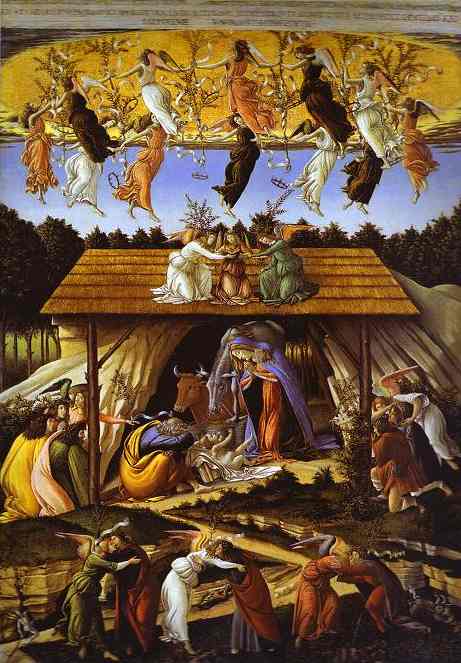There are times when the end of the world seems even more nigh than usual. Ends of centuries have a way of throwing up prophets of doom and other predictors of universal apocalypse - hellfire preachers who, taking out their dog-eared Bibles, turn with relish to that scariest of New Testament books, the Apocalypse of St John the Apostle:
“And behold, a pale horse; and he that sat upon him his name was Death. And hell followed him; and power was given to him over the four parts of the earth, to kill with sword, with famine and with death…
“And behold, there was a great earthquake, and the sun became black as sackcloth of hair; and the whole moon became as blood…
“And the heaven departed as a book folded up; and every mountain, and the islands, were moved out of their places…”
The graphic language of Apocalypse - composed at the end of the first century AD to bind early Christian communities together against sectarianism from within and Roman persecution from without - has inspired artists for nearly two thousand years and may be counted responsible for some of the scariest images in the canon of Western art. “The Apocalypse and the Shape of Things to Come”, the latest in a succession of learned but vividly accessible exhibitions at the British Museum’s Department of Prints and Drawings, is a thrilling and often rather disconcerting journey through the imagination of apocalypticists and millennarians from the Middle Ages to the present. Meanwhile, at the National Gallery, a show built around Botticelli’s spiritually agitated masterpiece of 1499, The Mystic Nativity, may remind us with renewed force that Renaissance man - so often seen as a coolly rational being, bent solely on classical revival and scientific discovery...


